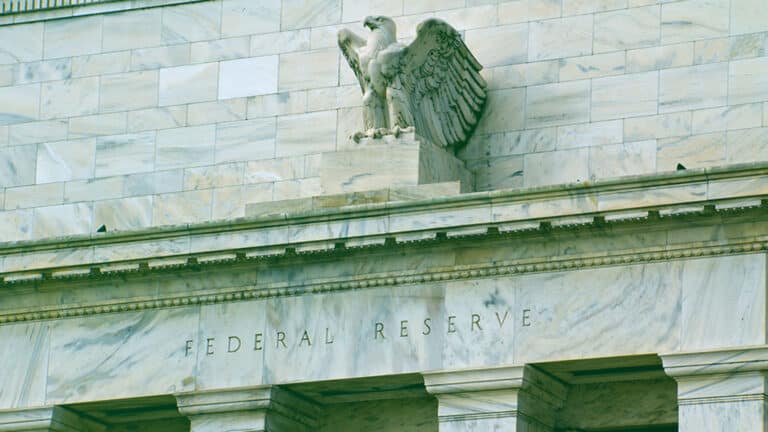
From PGIM Fixed Income
Market pricing for a Fed rate cut or pause in December was roughly even heading into last week’s release of the September non-farm payroll report. That generally remained the case after the report showed relatively firm labor conditions in the context of a thin data calendar prior to the meeting (no release of the October CPI report), Q3 GDP growth that is tracking 2.5 pp above trend, and inflation that remains 1pp above target.
However, late in the week, market pricing shifted towards a 25 bp cut on dovish comments from NY Fed President John Williams. These comments were followed by an article Tuesday alluding to either a “cut then hold” or a “hold until January” approach, with the suggested drawback to the latter being that economic signals may not be any clearer early in the new year. While the Fed’s easing may not be in a straight line, we believe the Fed funds rate will continue heading towards neutral—i.e., 3.0-3.25%—until Chair Powell’s departure in May. We continue to anticipate that U.S. monetary policy may assume a more accommodative trajectory once Powell’s term concludes. Thus, our key economic risk scenario going forward remains one of overheating conditions.
Another potential change from the Fed in 2026 could include reserve management purchases on its balance sheet via Treasury bills, which are aimed at maintaining ample reserves within the system. This technical adjustment—rather than the start of another round of QE—could start in Q2 of next year. These purchases would follow the latest strain on the U.S. funding markets that were partially driven by an unexpected increase in the Treasury general account (TGA; see the accompanying chart) amid the federal shutdown and higher-than-expected bill issuance.
Also read: Fixed Income: Monetary Policy Should Bolster Markets
Despite the increase in the TGA, the repo market has continued to function as dealers intermediate cash at fair levels and closely-observed relationships between key rates hold up. The recent situation also points to key events when funding rates may encounter strain, such as corporate and household tax dates (quarterly and April 15, respectively), quarter-end and year-end reporting dates (i.e., reduced bank intermediation capacity, leading to higher funding rates), settlement dates (the November 15 settlement date was cited as the largest coupon payment of the year, which is then conceivably reinvested), and federal government shutdowns.
DEVELOPED MARKET RATES
As the Fed’s December decision approaches, the U.S. yield curve bull steeped last week on Williams’ dovish comments. JGB rates stood out last week as the back of the curve steepened ahead of PM Takaichi’s stimulus announcement. Additional fiscal stimulus likely involves adding to Japan’s debt stock with increased JGB issuance.
U.S. MBS traded weaker last week, with spreads slightly wider both for the week and month-to-date. Excess returns for November were slightly negative, indicating little movement in the sector. Mortgage origination volumes have declined meaningfully compared to the peak when rates were lower. This is attributed to a recent flush in pipelines after rates touched a recent low.

































